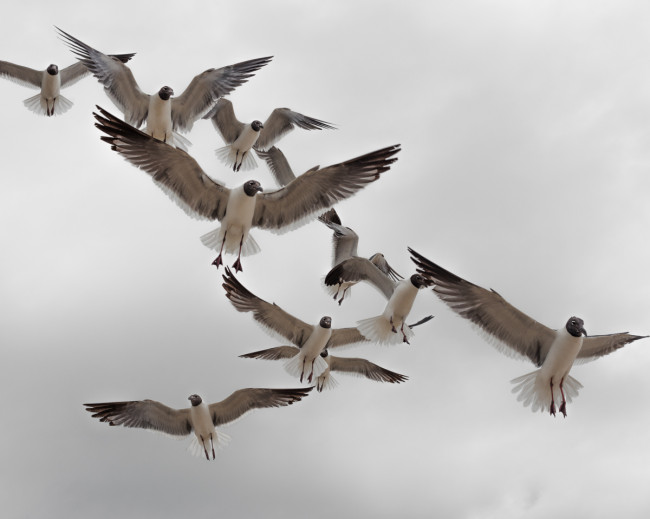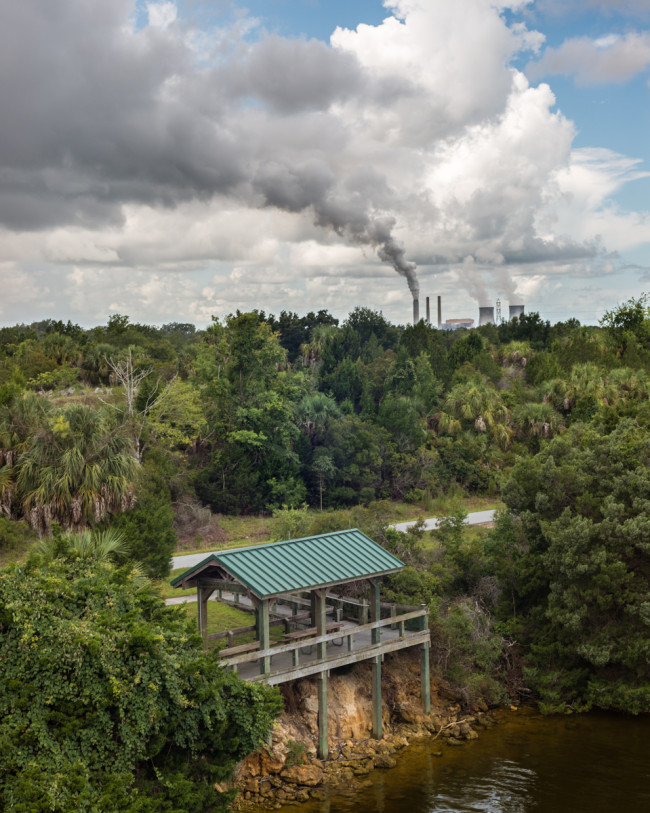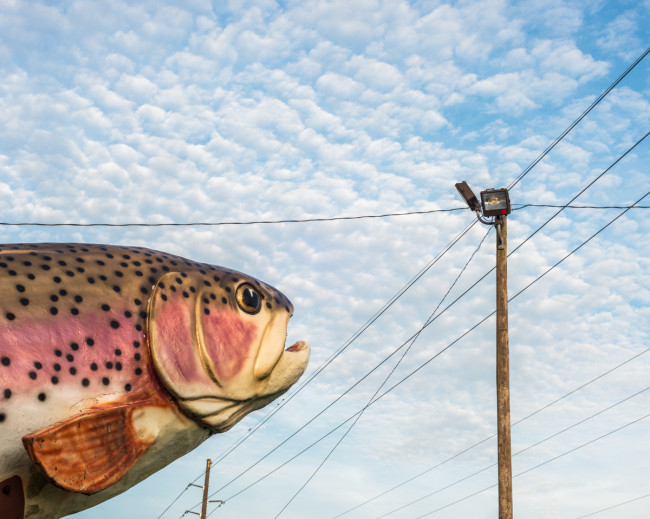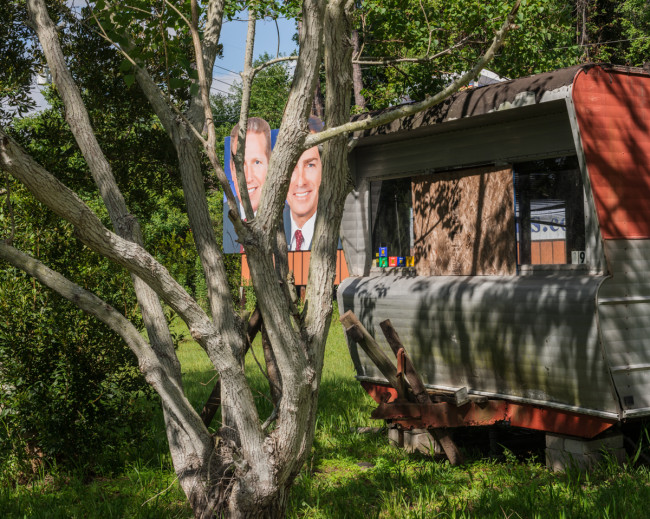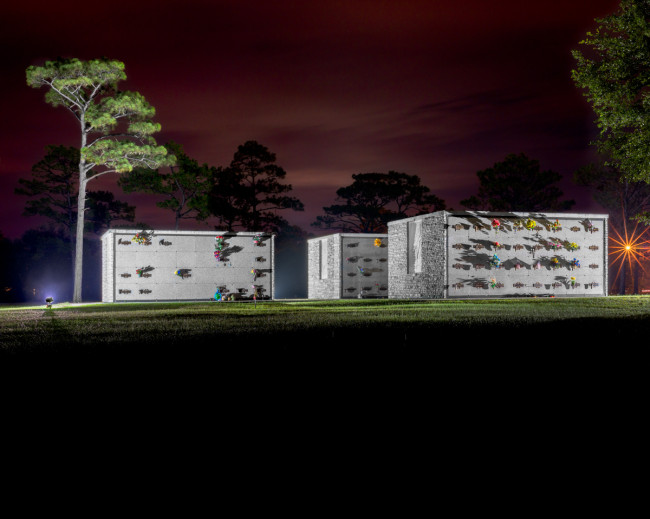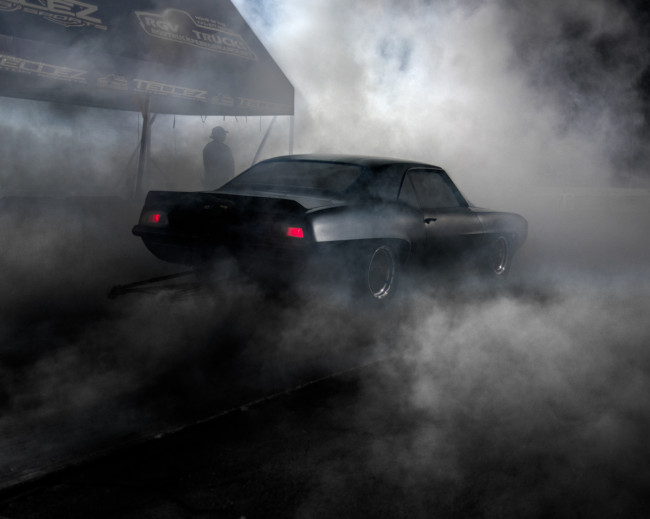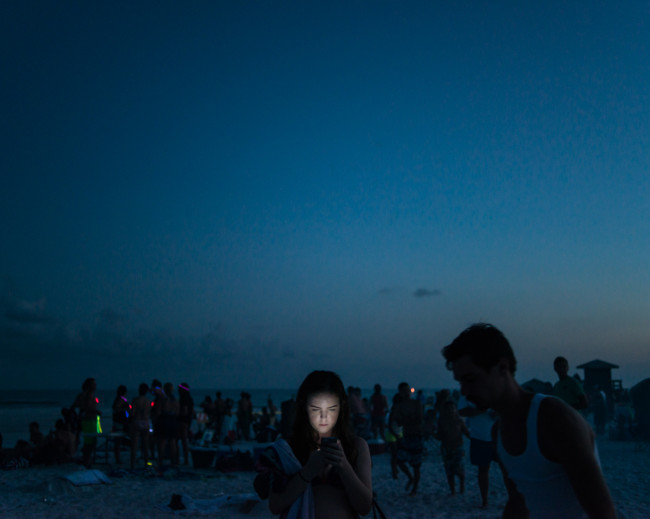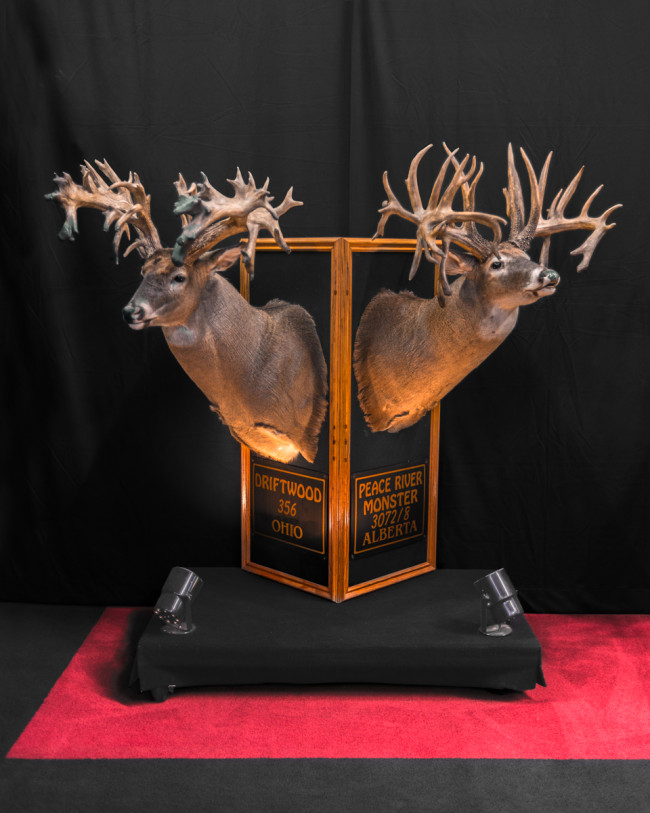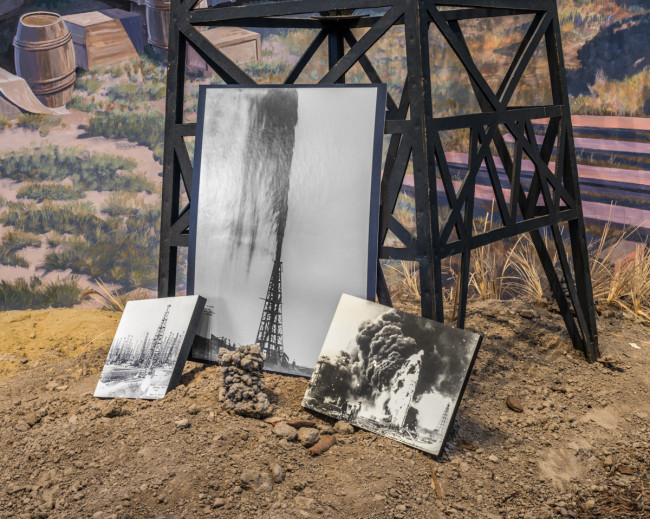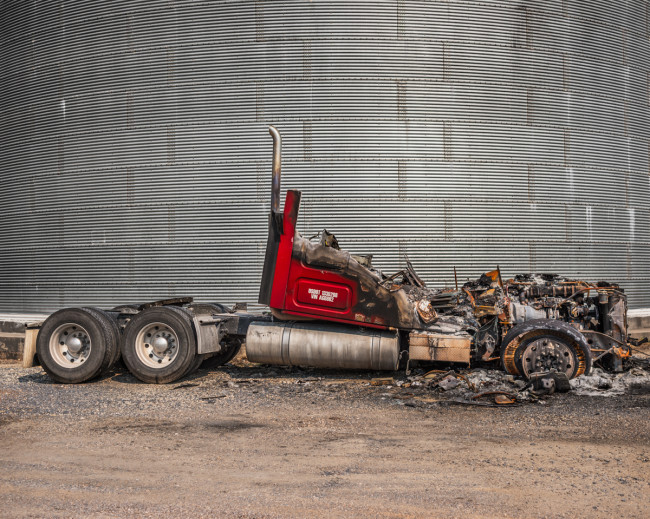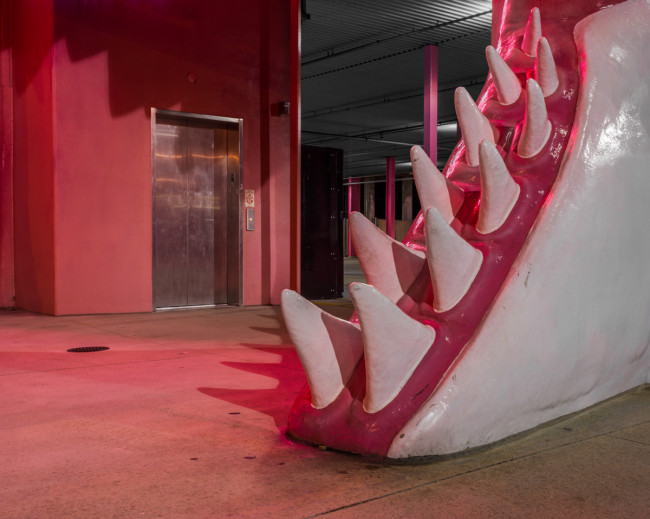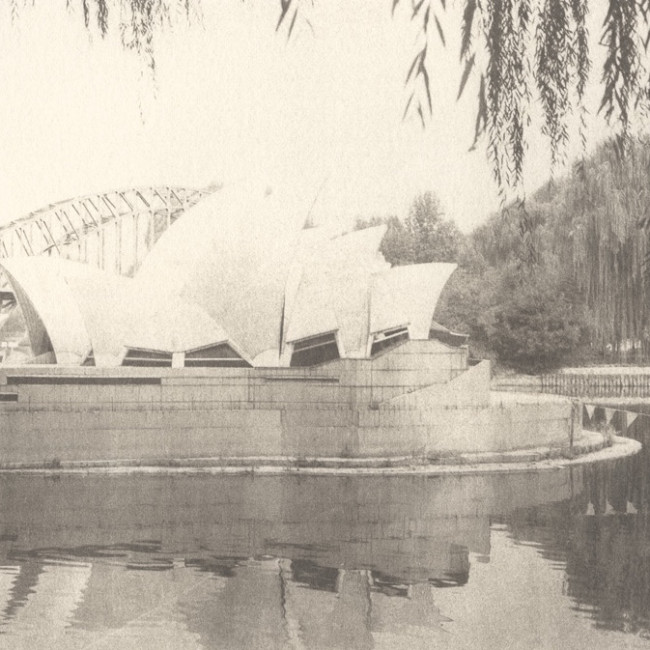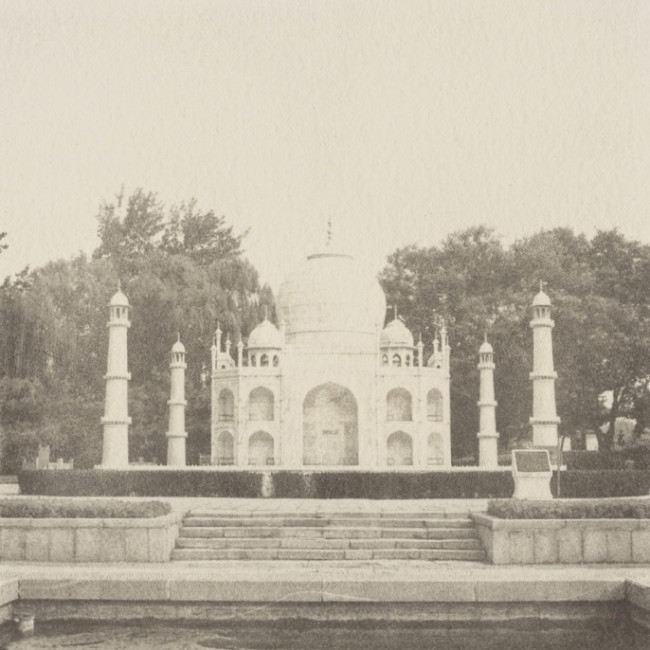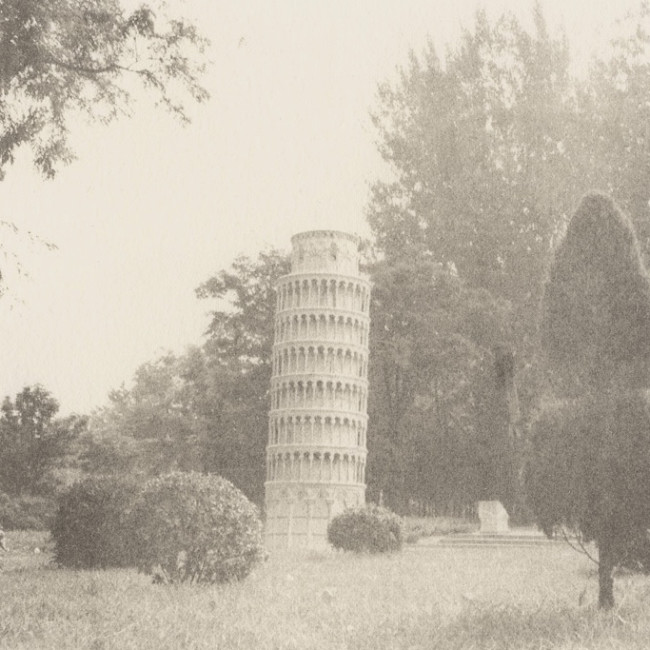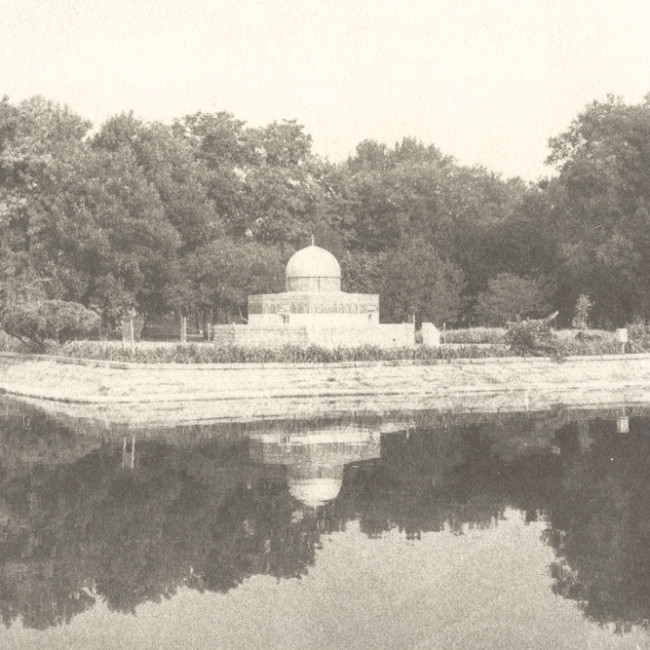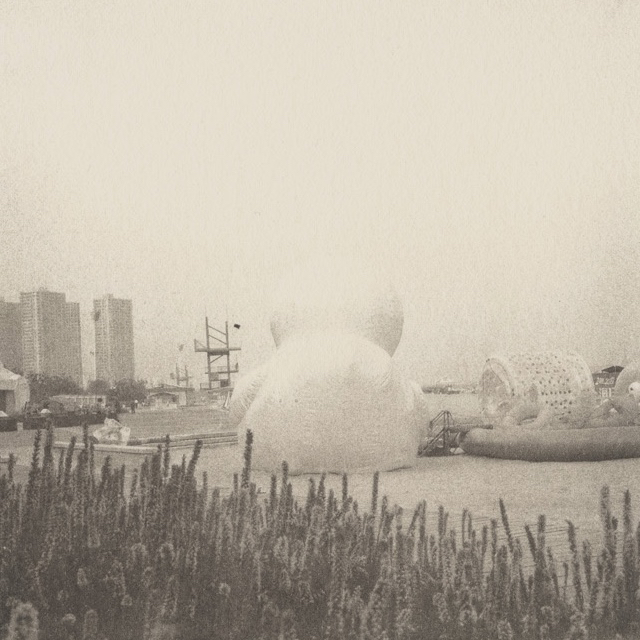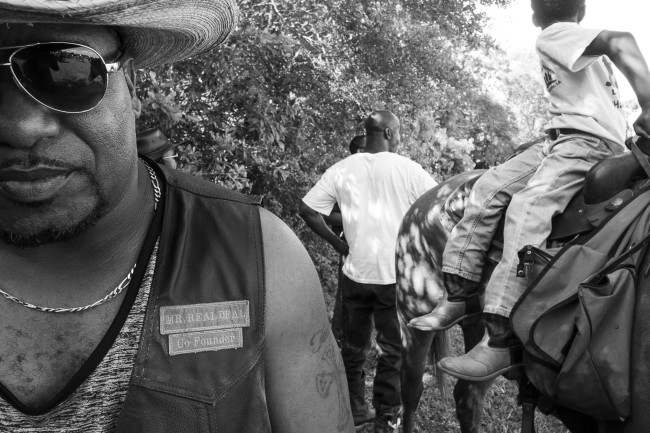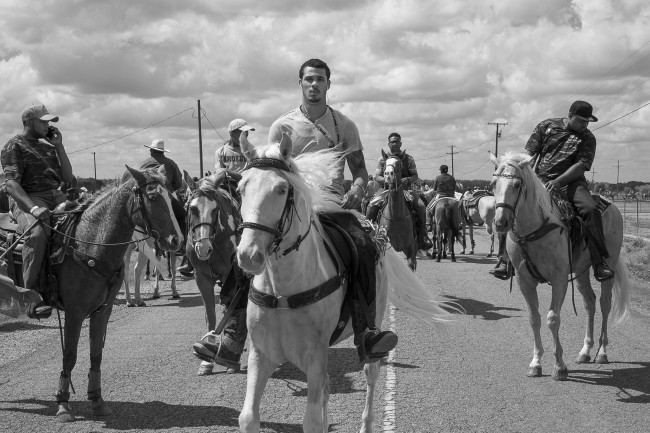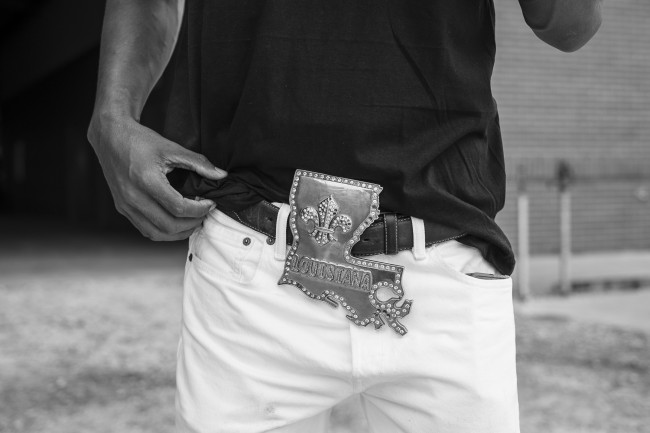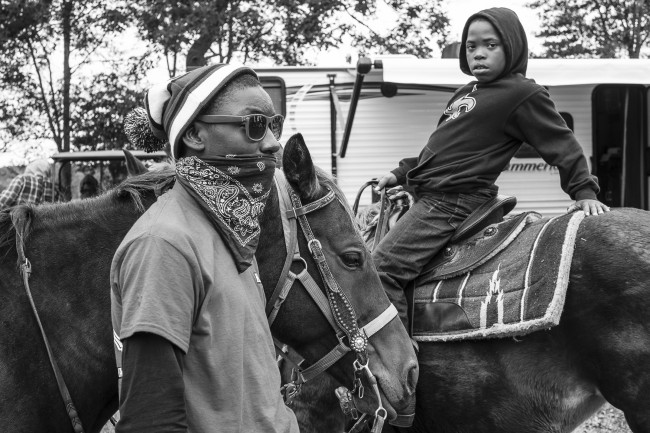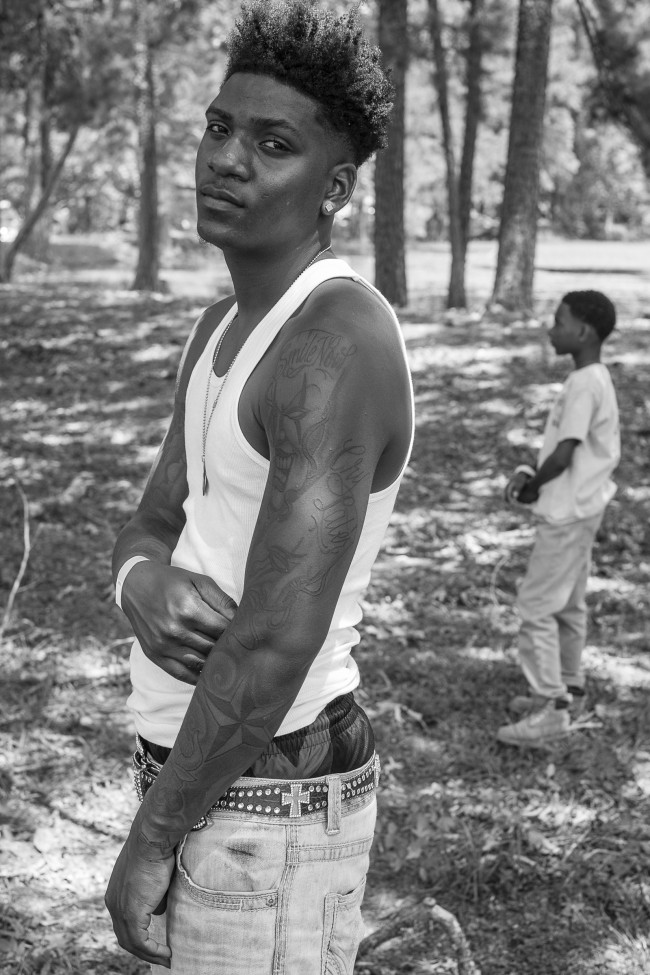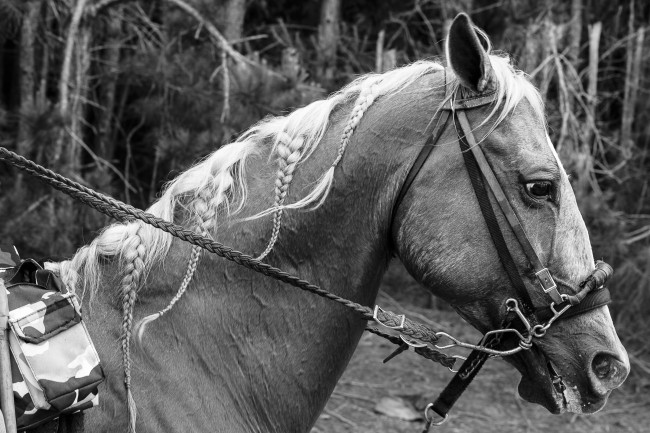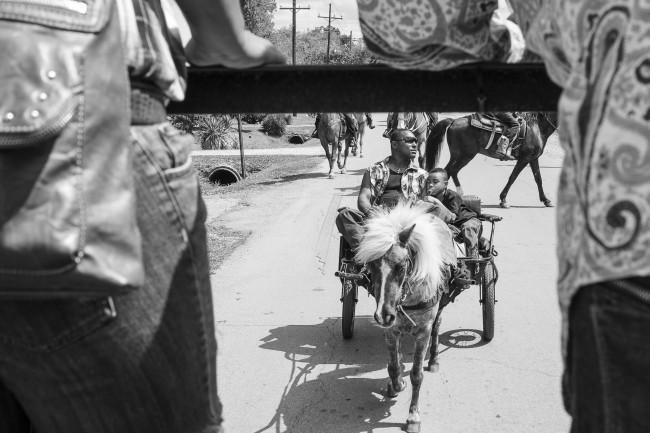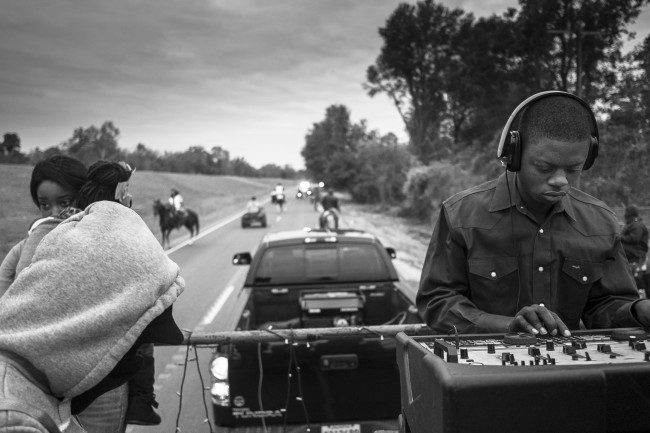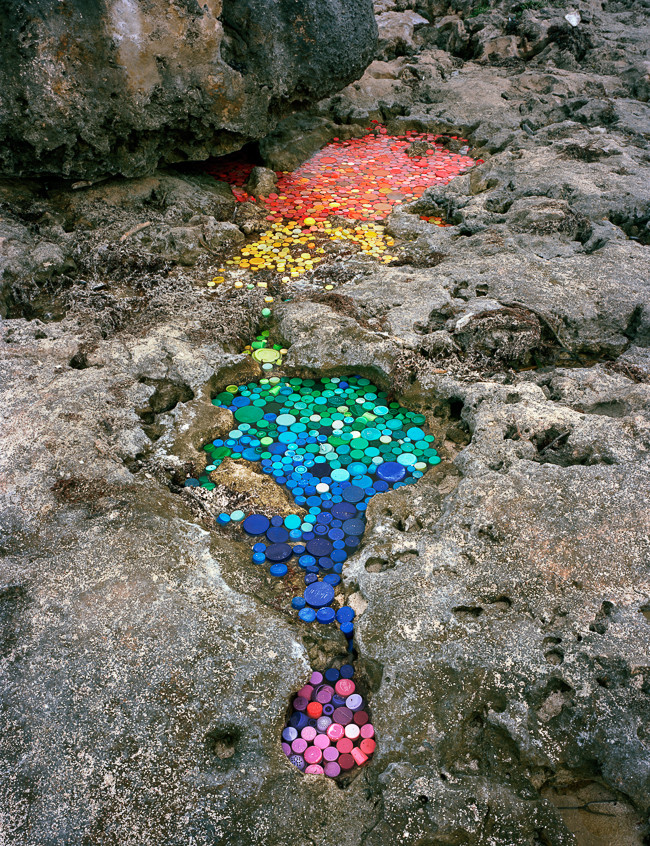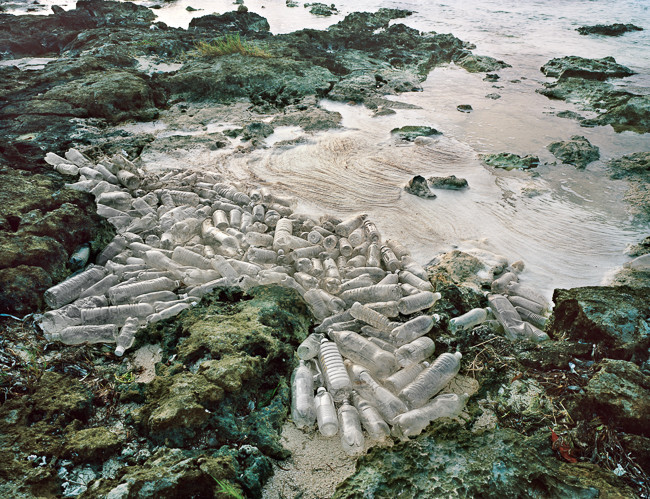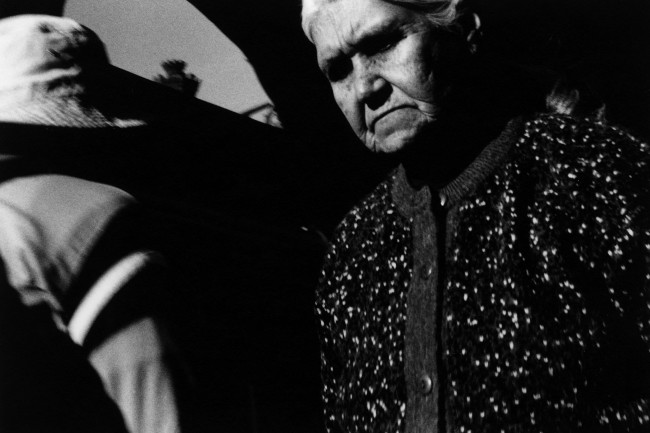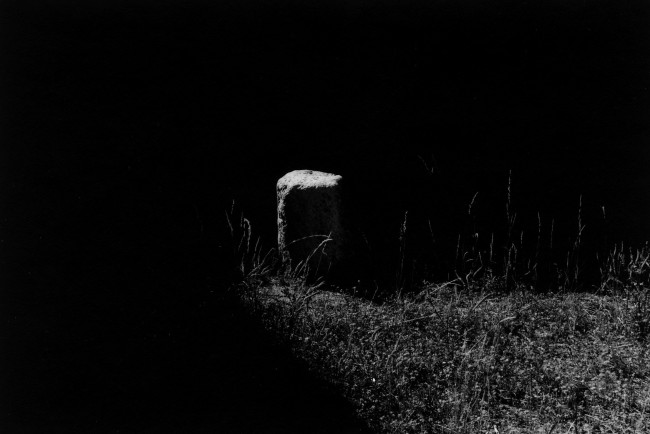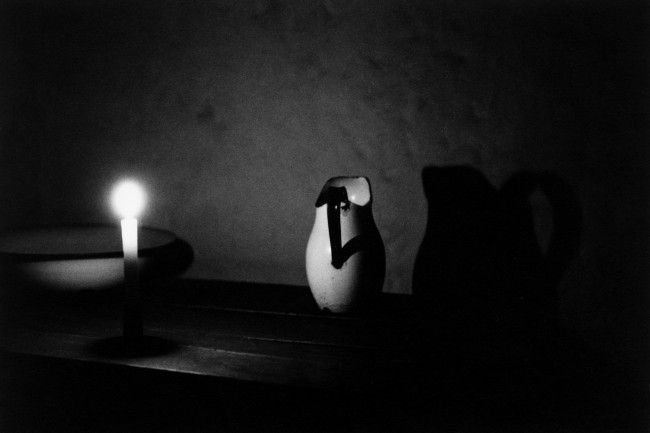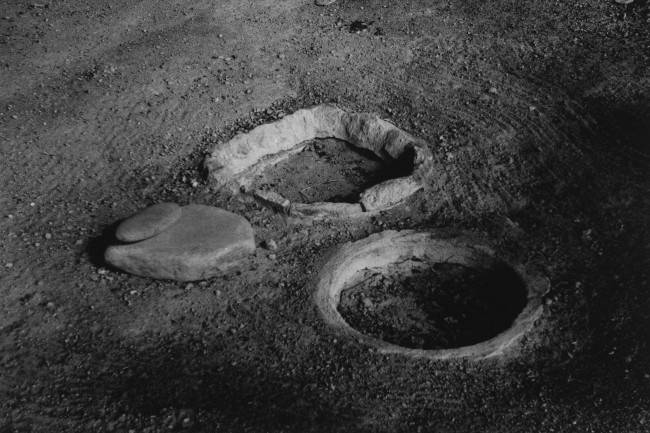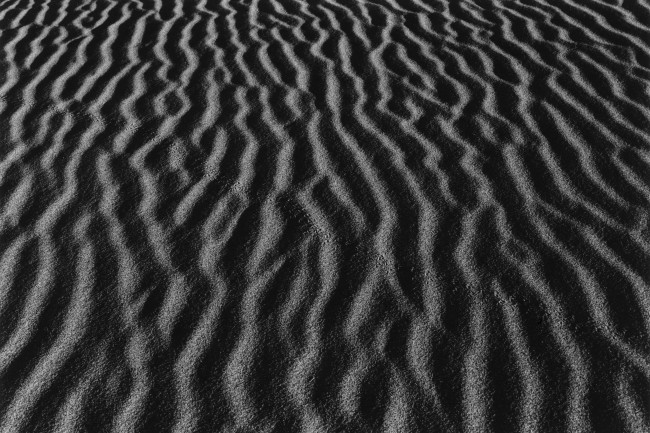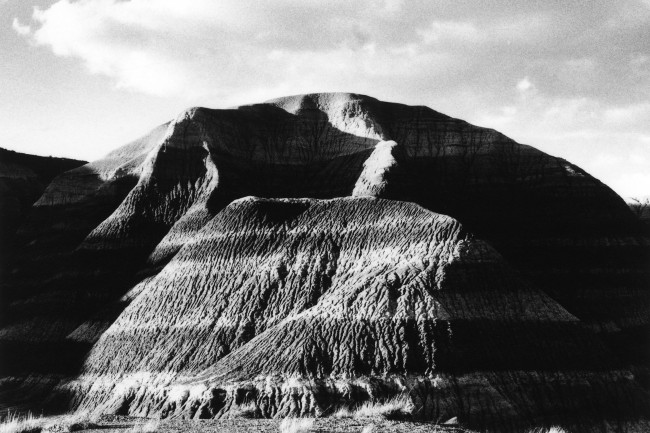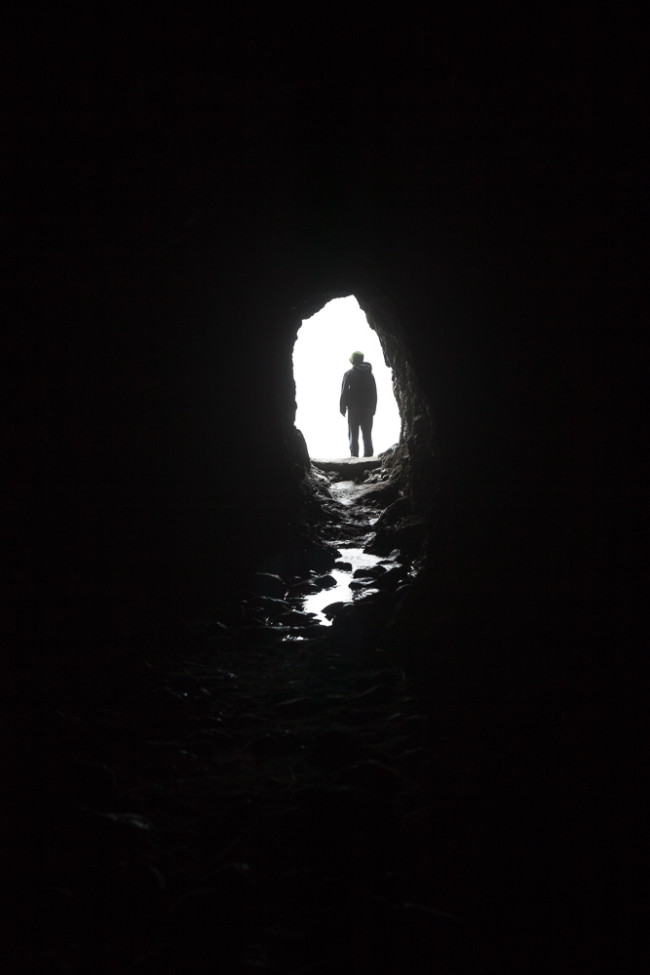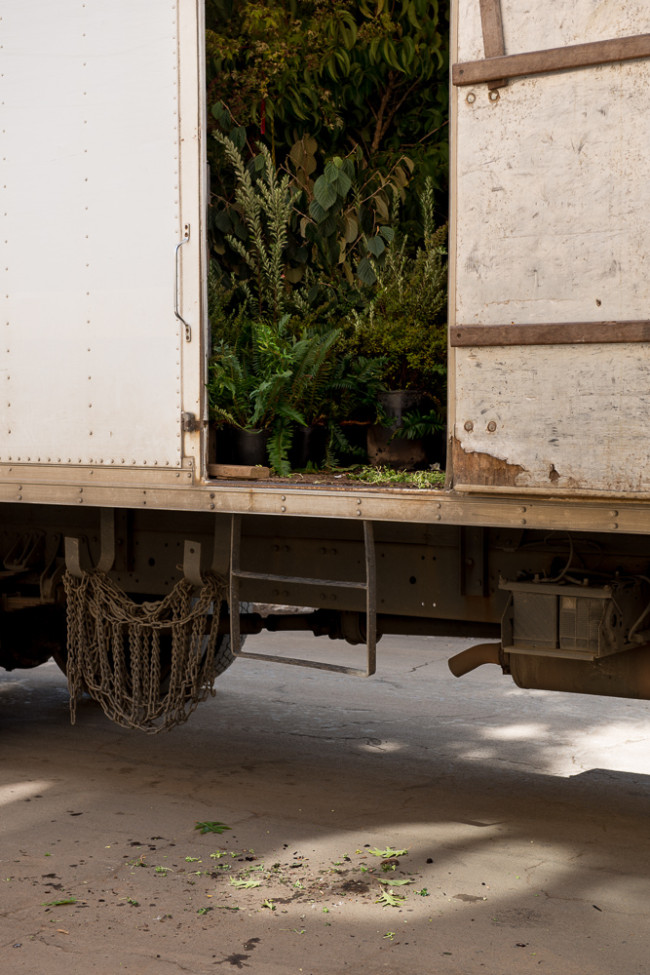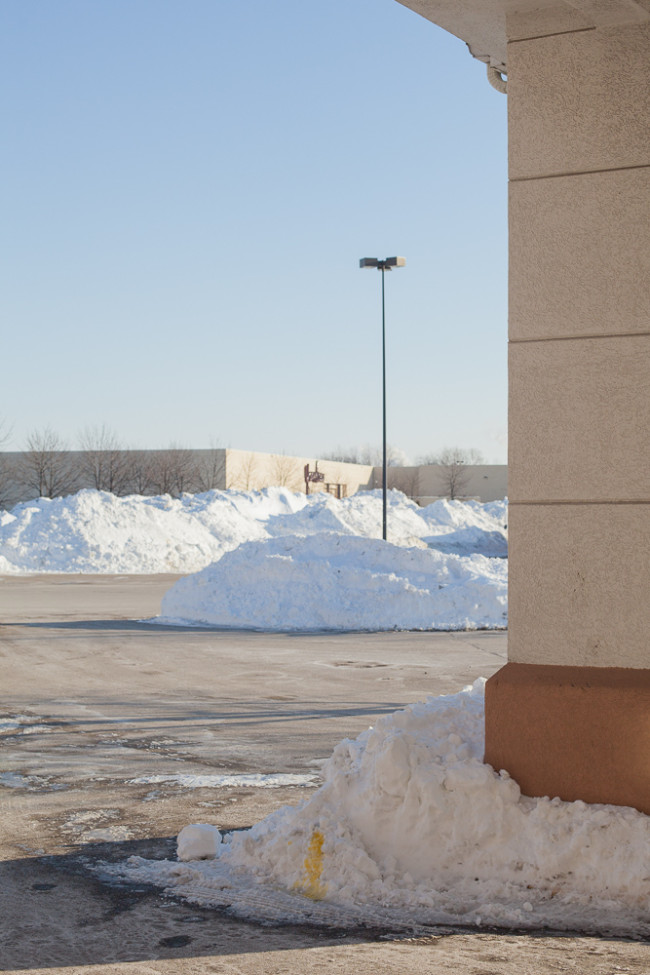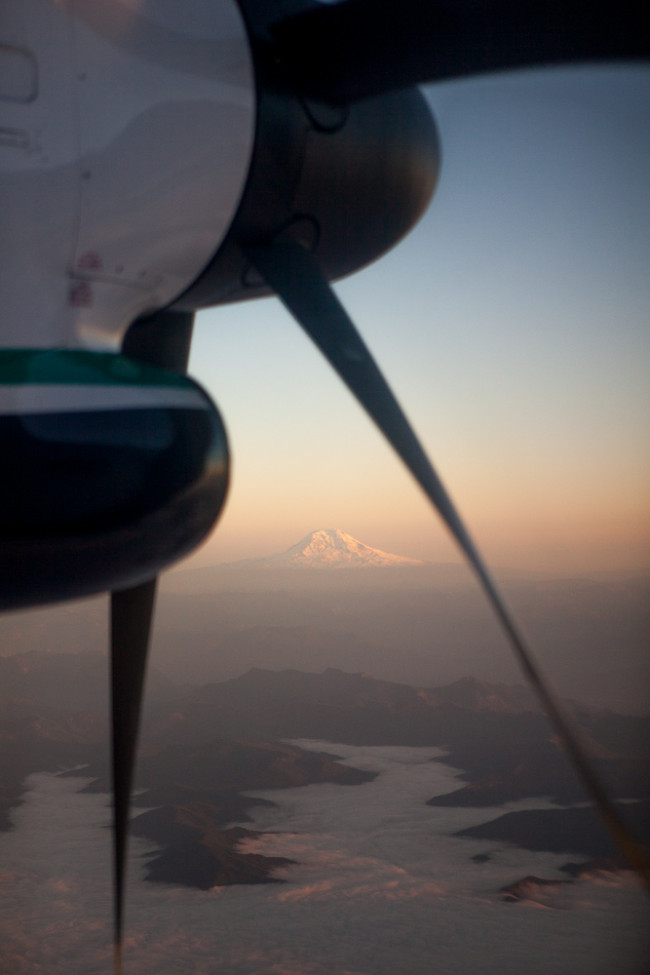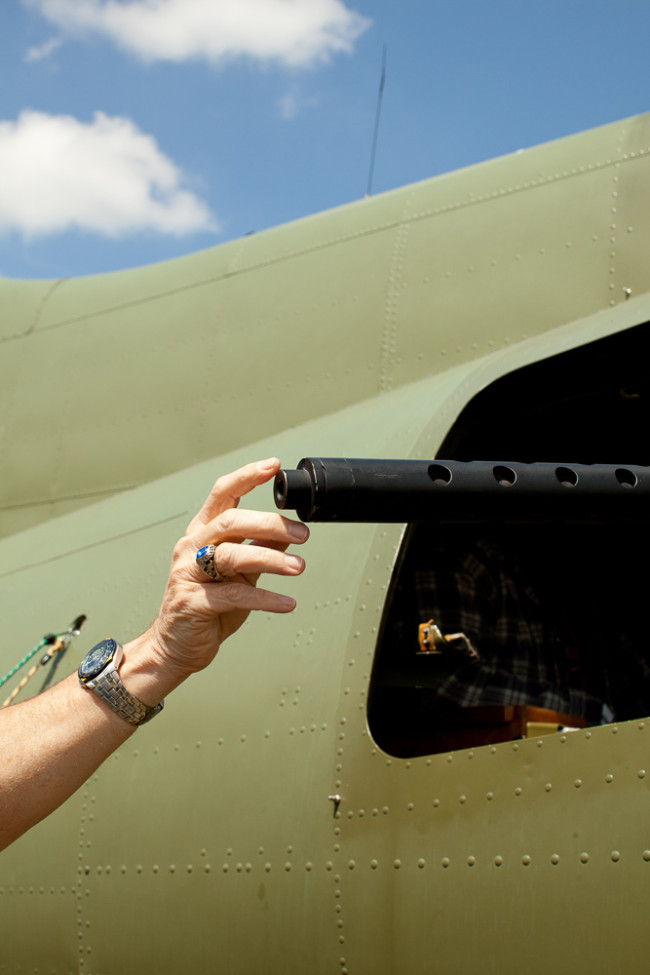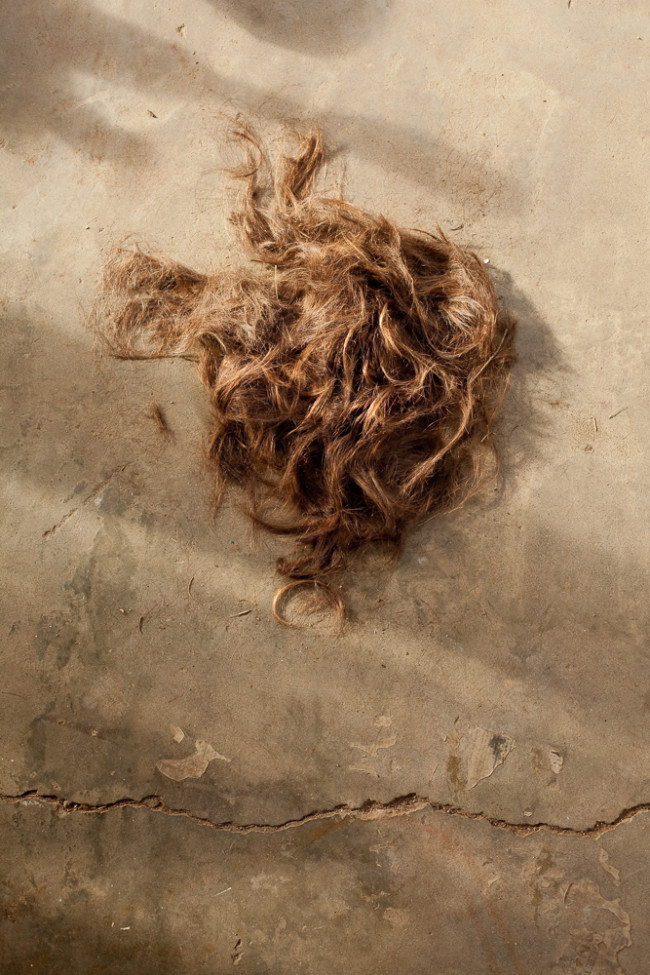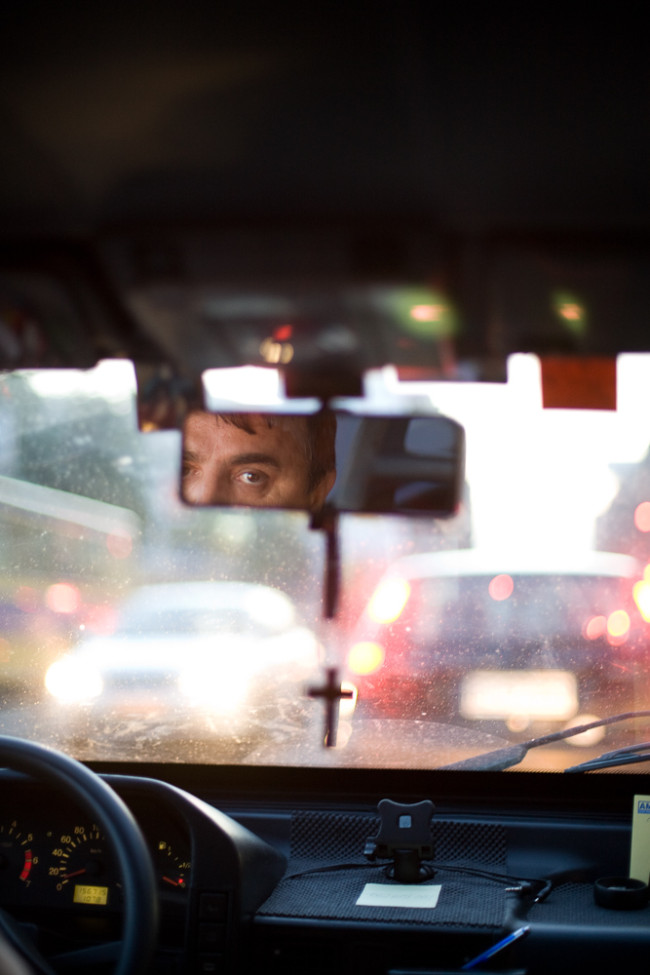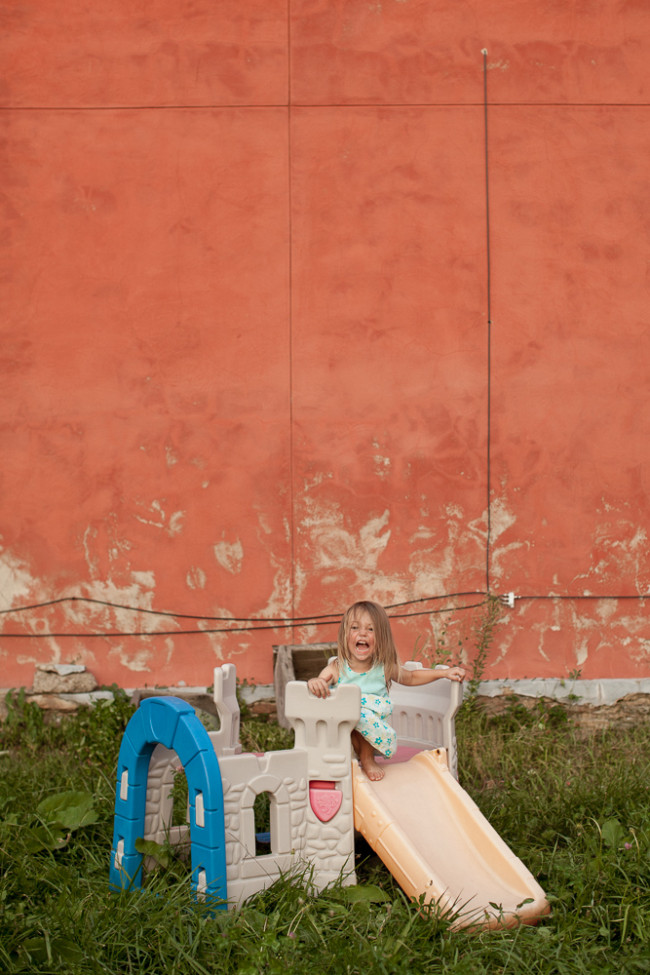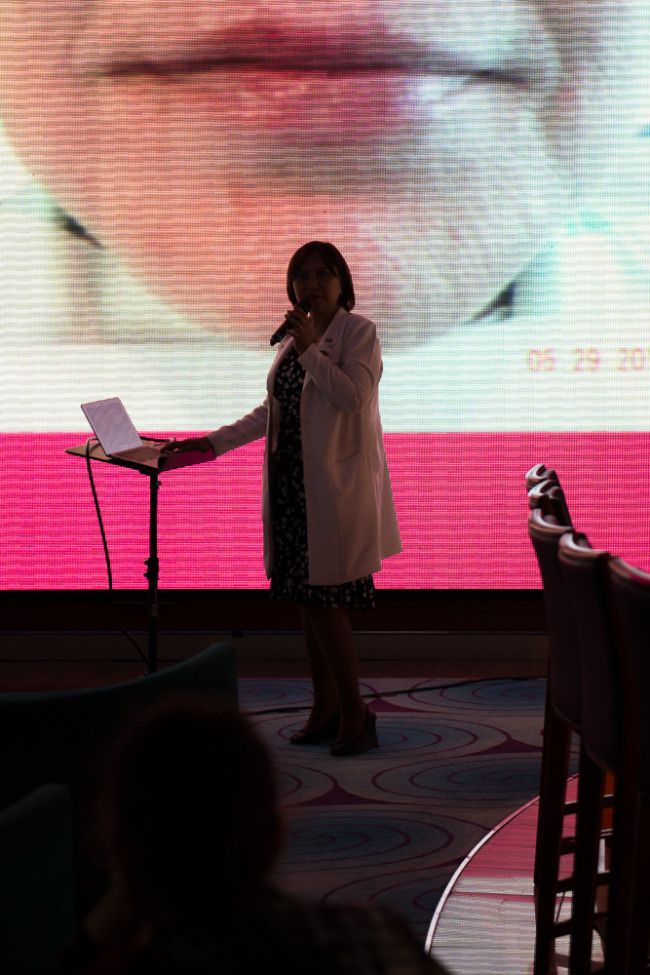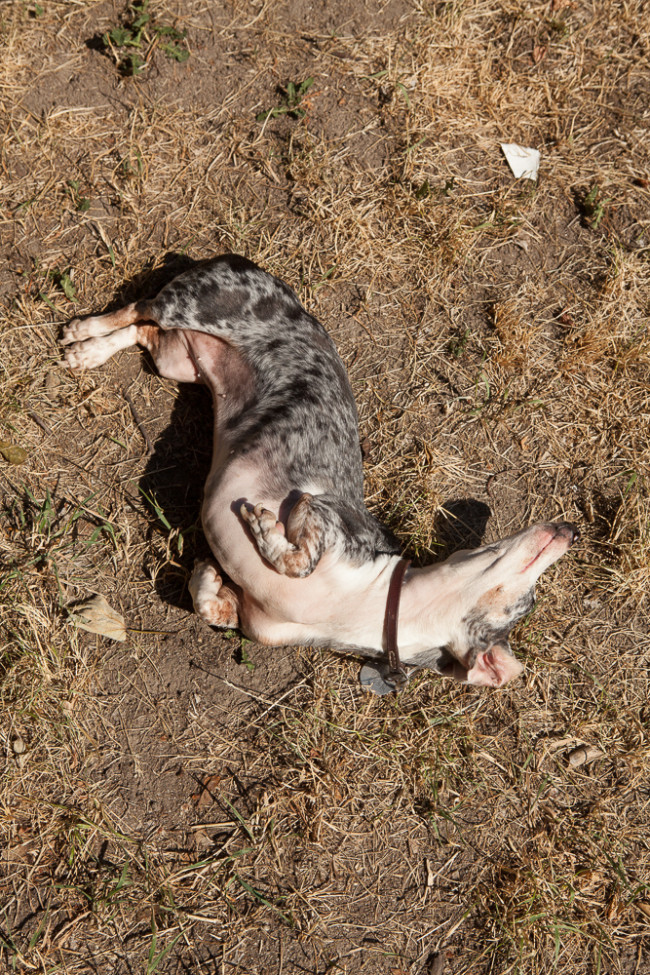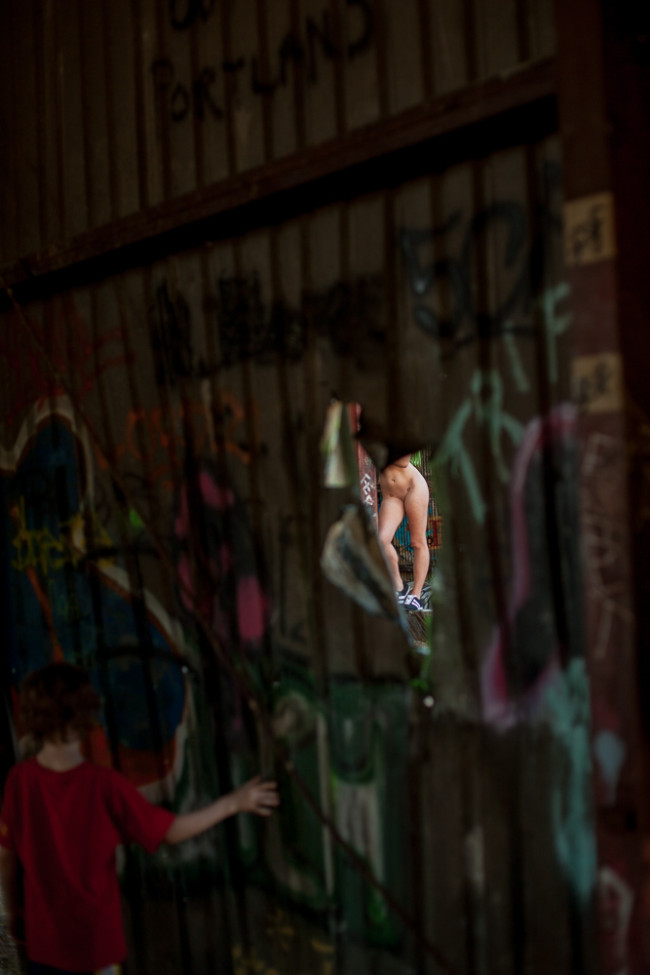I never get drunk anymore. It’s true. I can’t even remember the last time I was woozy and boozy, swaying like bamboo in a disorienting world.
I know, I know. Just last week I was bragging about throwing back shots of whiskey in my car with Paccarik, but that was just a little tipple to prepare for the onslaught of chatter. I barely even get a buzz on at portfolio reviews, these days.
It’s not about the drinking per se, these reviews I’m always on about. The key is to have just enough alcohol to be extra social, but not so much that you can’t speak coherently about your work. (And definitely not so much that you make an ass out of yourself in front of some VIP.)
Is this all obvious to you? Am I once again preaching about things that don’t need to be said? I’m not sure.
But the social aspects of Review Santa Fe, and other events like it, are where the long-standing relationships are built. That’s the reason I always recommend people attend a good festival: you can make things happen that you wouldn’t have predicted.
Case in point: in last week’s article, I highlighted the work of Shane Rocheleau. I edited out a few comments I made about Shane being a massive Massachusetts meat-head, once the beer was flowing. He was hilarious, his humor infectious, but I needed to mind my word count.
The story I was planning to tell was how Shane organized a little print trade/after-party in a room in the Drury Hotel. As it was booked into room 145, they cheekily called it The Gallery 145. People flocked, after the last evening’s final event, and I was handed a beer before I even knew what was happening.
There was a board of directors in place, a set of rules, and each trade was documented with ironic flair. Unfortunately, the organizers were unaware the hotel was filled with families and older folks, so by leaving the door wide open, at midnight, they were begging for trouble.
I was there when the hotel cracked down, shutting the party tight within three and a half minutes. Everyone moved on to a more suitable location, on a nice balcony, and that was the last I heard of it. But clearly, a few people who’d never met each other before organized something cool, that benefited others, and showed people a good time to boot.
I checked back with Shane yesterday, so he could remind me of the room number, and he said the whole endeavor morphed into a collective, and a website. It’s right here, if you don’t believe me. The Gallery 145 is a thing, and the leaders: Shane, Will Douglas, Eric Pickersgill, the aforementioned Paccarik Orue, and Marcus DeSieno intend to re-stage print trades at upcoming portfolio reviews, including one in Japan at the end of August.
Then, the guys decided that just staging print trades at portfolio reviews might not give them a ton of momentum. So they went ahead and founded the collective website Mall Pretzel, where they’re highlighting contemporary photography, seeking submissions, and planning exhibitions, IRL.
How cool is that?
I know that some people must think I’m always championing Review Santa Fe because I know the people there, and they helped launch my career. True enough, I suppose.
But really, those who read me regularly know how seriously I take this platform, and how much I’d like to help others realize their dreams, and pay the bills at the same time. If you don’t want to go to RSF, cool beans, but if you’re on your way up, and trying to make a name for yourself, you really ought to consider attending a top shelf festival.
That said, the point of this article is to highlight the best work I saw at RSF’15, so let’s get to it. (Once again, in no particular order.)
Shane Brown, (yes, two Shane’s today,) is a part-Native American artist from Oklahoma, where he still resides. (Otherwise known as the New Jersey of the Southwest.) Shane’s project, “In the Territories,” gives us an inside look at a State that was mostly known for football, historically, and is now infamous for man-made earthquakes caused by fracking.

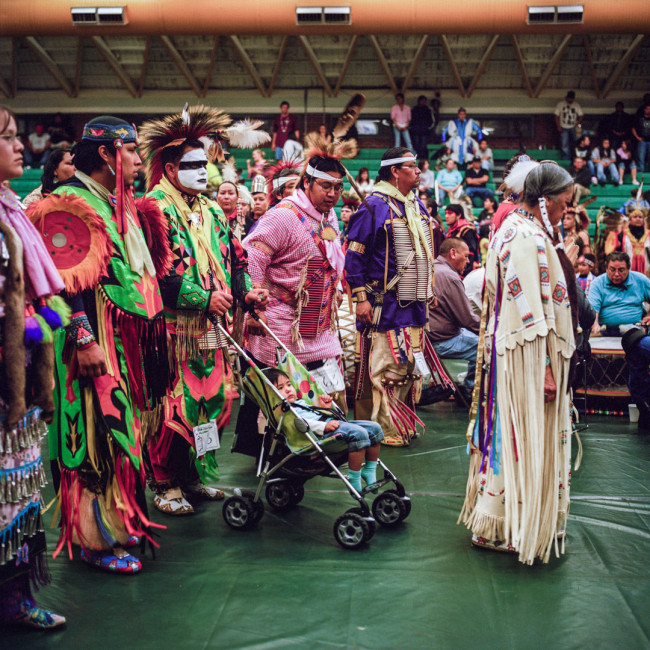
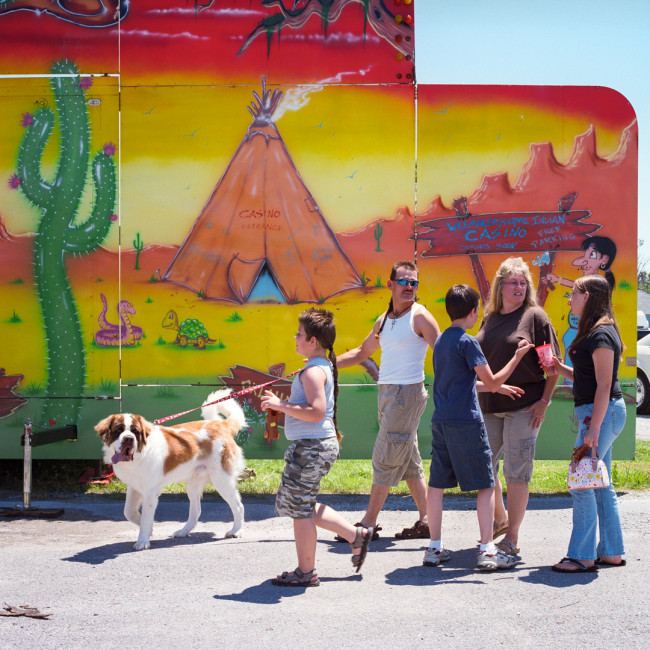
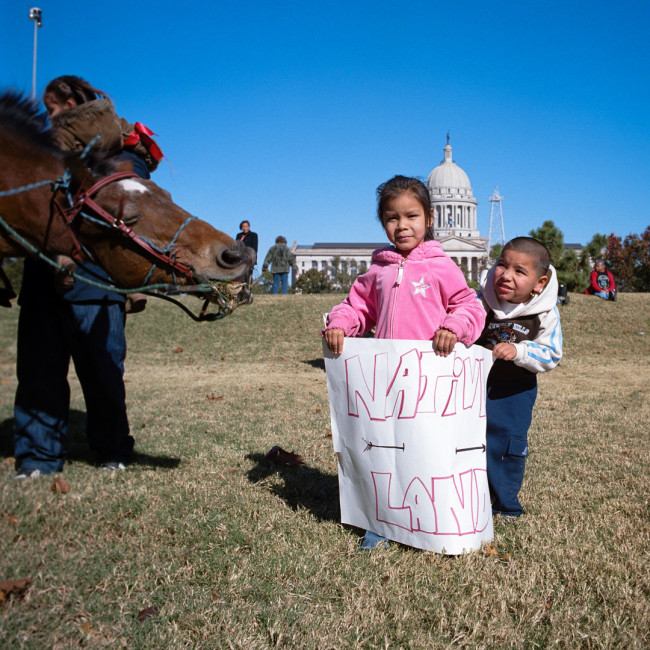
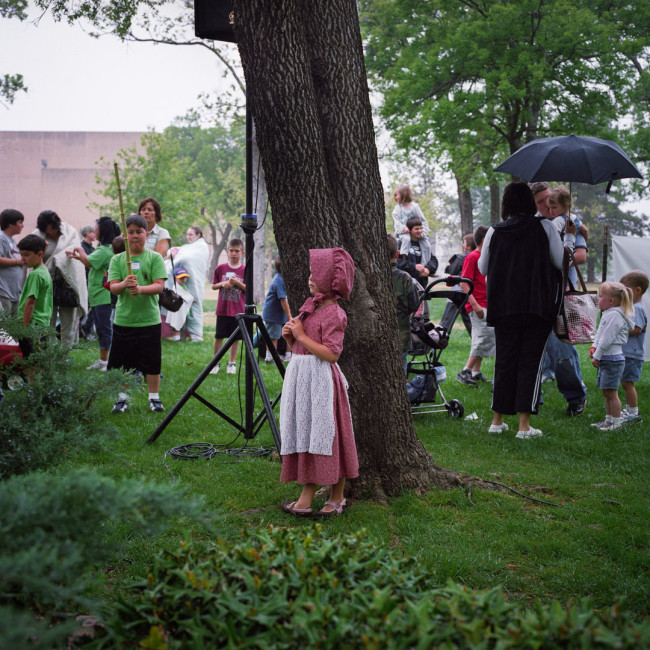
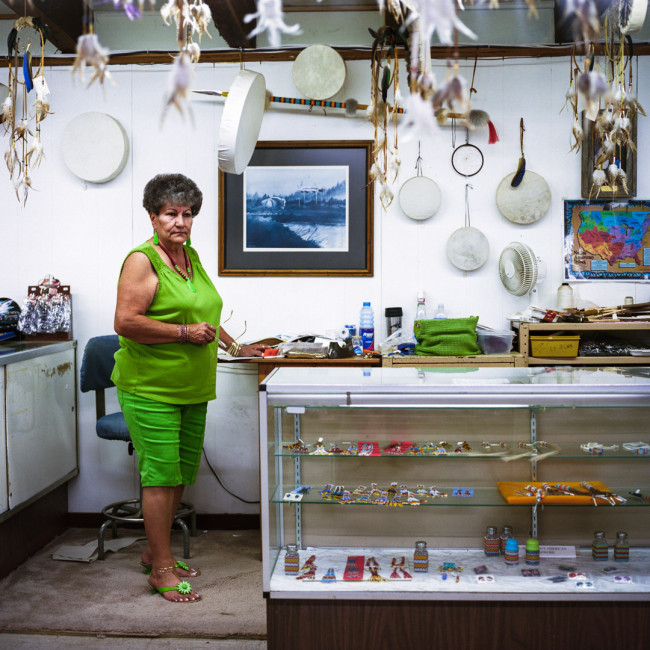

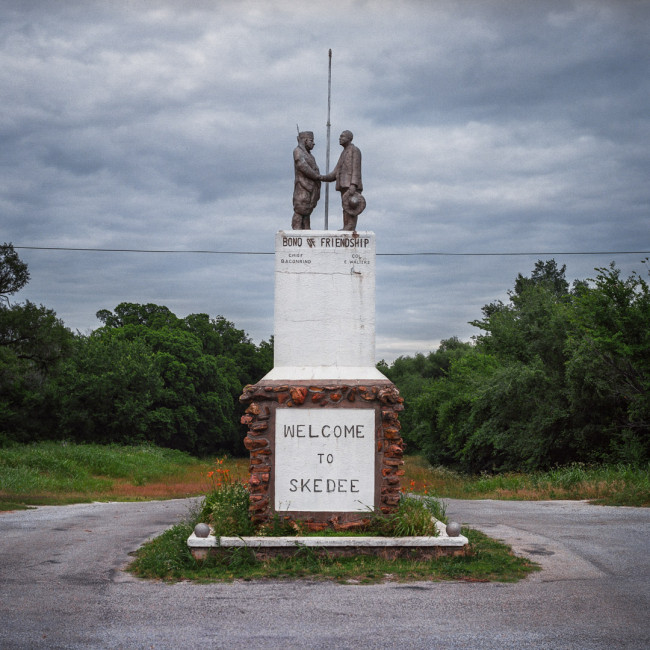
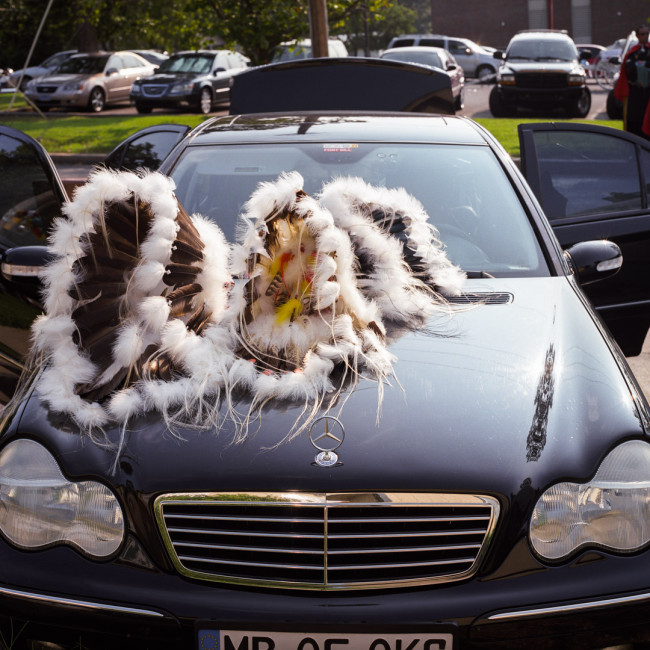

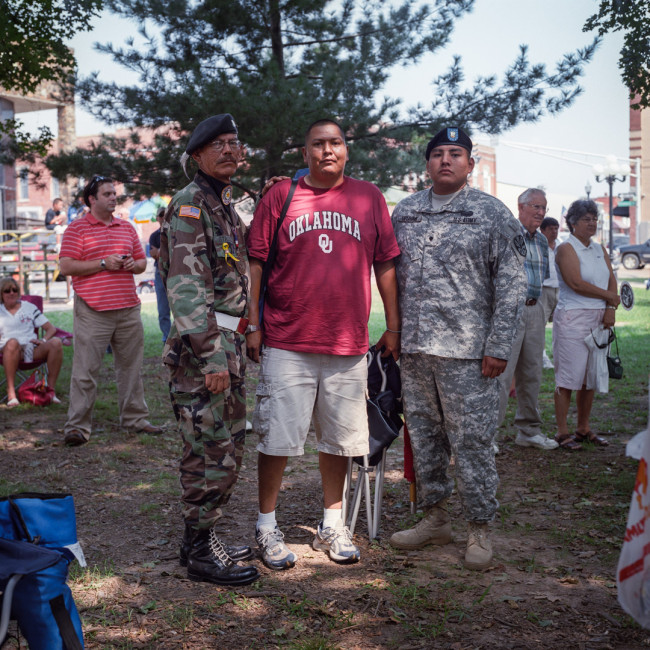
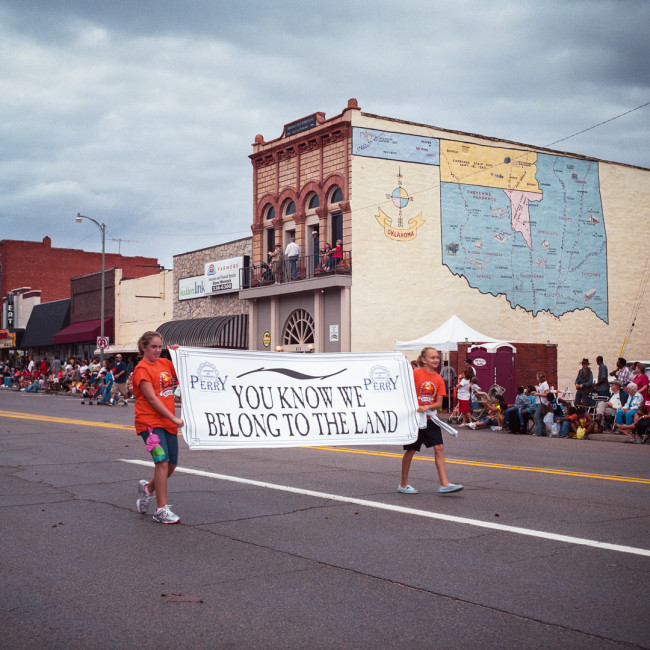
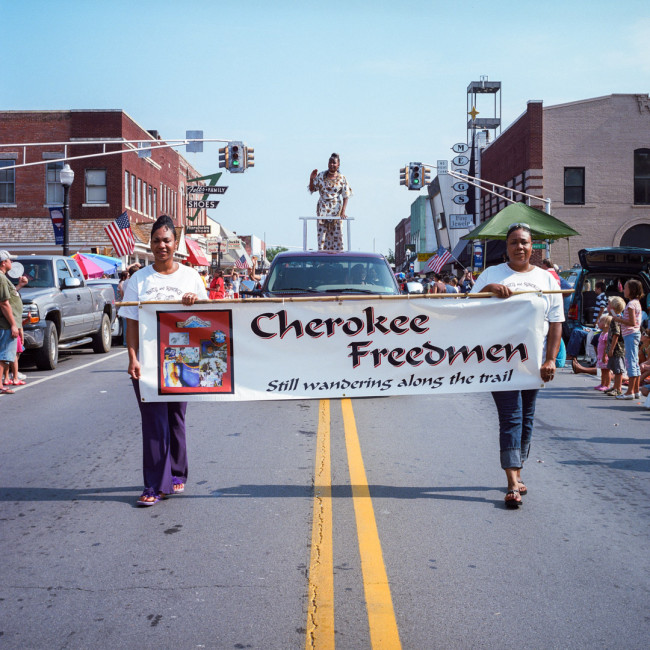
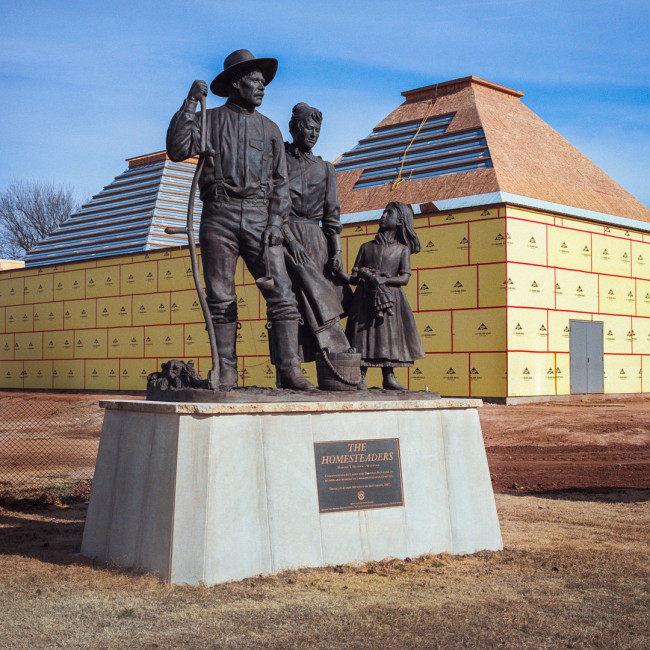
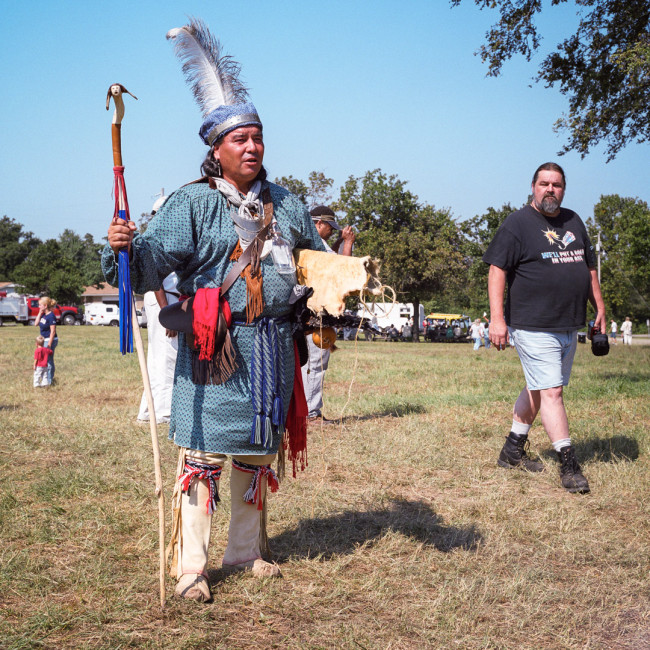
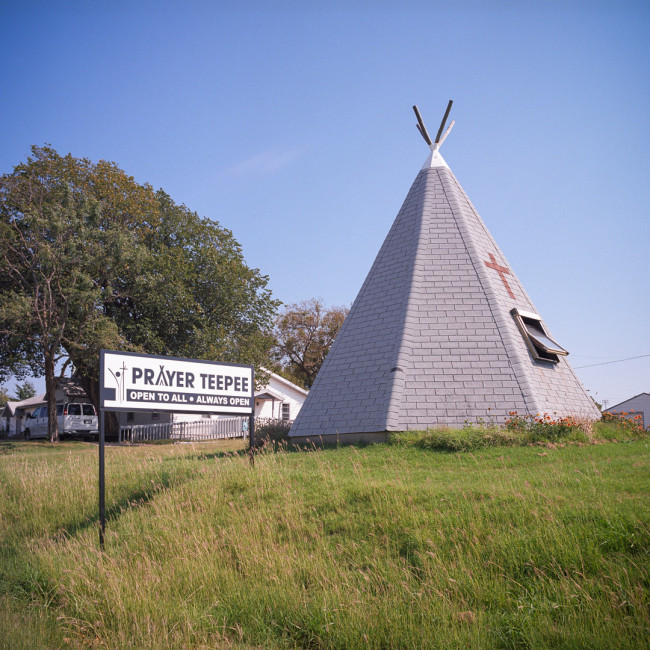
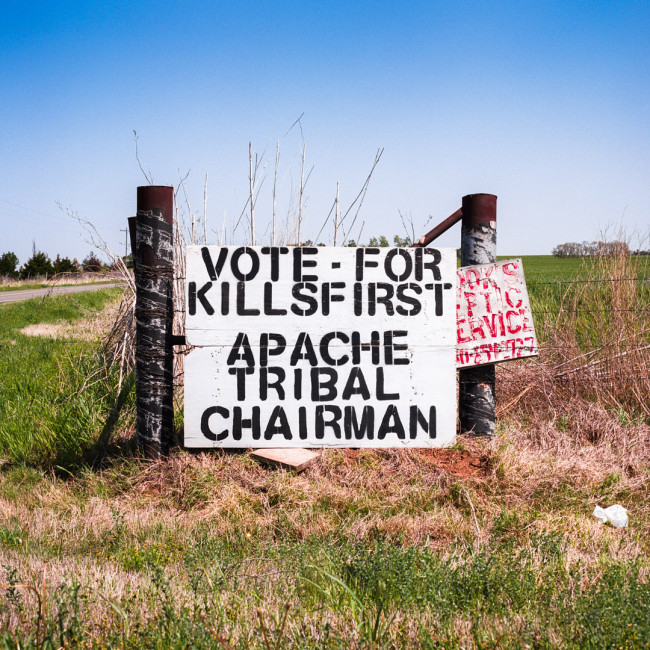
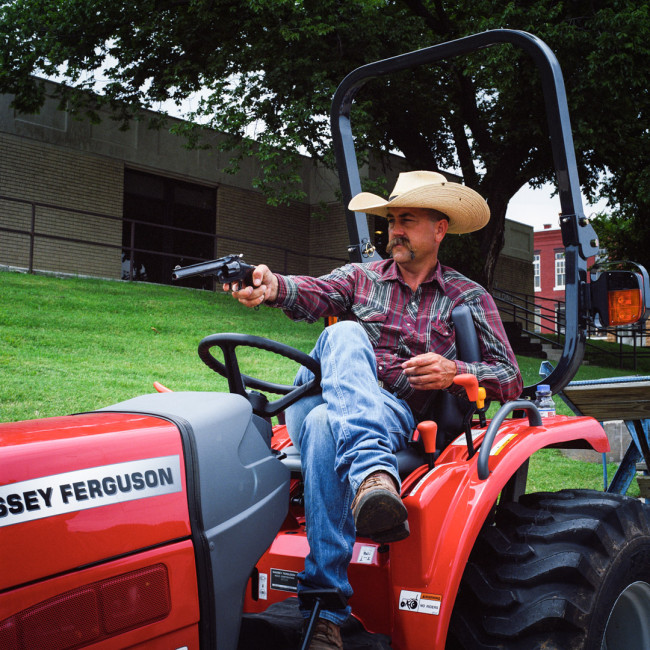
Camilo Ramirez teaches in the Boston area, and brought some work to RSF that he’s shot on the Gulf Coast, where he once lived. Camilo was interested in seeing what the region looked like, post-Gulf Oil spill, though the photos are not about that, per se. To me, they attempt the capture the spirit of a place in time, which is always an admirable goal for a photographer.
Svetlana Bailey is a Russian-born photographer, but she spent much of her life in Germany, and then did a long stint in Australia. (Have you got that?) Now, she’s studying at RISD, and will be featured in the Fall issue of Photographer’s Quarterly, alongside 4 other global female artists I met at RSF.
Beyond her primary project, which we’ll show in a few months, Svetlana also brought a few palladium prints made in an amusement park in China. That’s right, all the landmarks below are fakes. Fugazi. I guess they really do make everything under the sun in the PRC.
Jeremiah Ariaz strolled in 5 minutes late to his review, just when I thought I was going to get a break. (He was my second-to last meeting of the final day, so my brain was beyond fried.) Therefore, it was going to take a lot to get me back on his side. Fortunately for Jeremiah, his pictures were wild.
Jeremiah is a professor at LSU, in Baton Rouge, and had recently discovered a fascinating subculture, while riding his motorcycle around Southwest Louisiana. He happened upon a group of African-American men who have a Trail Riding club. No typical cowboys, these, as they tow a truck with a DJ to keep them company as they tool around on their horses. Badass, no?
Alejandro Duran, a Mexican photographer based in Ft. Greene, Brooklyn, was one of Center’s competition winners, so his work was displayed at the Center for Contemporary Arts. As I was schmoozing non-stop that night, I didn’t even get to see the pictures.
Thankfully, I had a review with him, and got to see his portfolio up close. Alejandro spent time in the Sian Ka’an biosphere reserve in Quintana Roo, Mexico, just south of Tulum. He was troubled to find washed up garbage, on the beach, from 50 countries around the world. (Can I get a WTF?) So Alejandro turned the trash into beach installations, which he then photographed. The work has been making the rounds on the Web this Summer, as it is clearly compelling stuff.
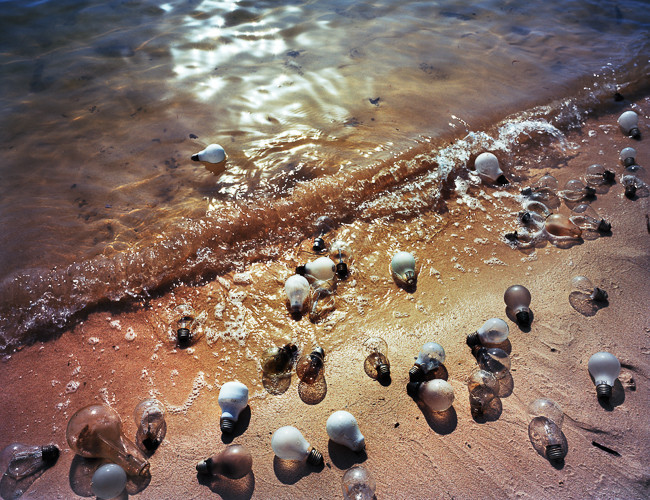

Finally, we’ll get to our last two artists, who were my dining companions at the Saturday night dinner honoring the legendary Anne Wilkes Tucker. To my left sat Tarrah Krajnak, a seemingly Peruvian artist based in LA.
I say seemingly, because Tarrah confided that she was from Ohio, and didn’t speak Spanish. A sharper person might have figured it out for themselves, but Tarrah told me she was adopted. Therefore, one might read into her project, “Dark Messengers,” shot in the American Southwest and South America, as an attempt to get in touch with her roots. Regardless, there is a mystical vibe I find alluring.
To my right that night sat Shawn Records, a photographer from Portland with whom I’d corresponded in the past, but never met. He’s been a part of the Photolucida organization for years, and I wrote a blurb about one of his books in the early days of my weekly column.
On a laptop, Shawn showed me a mockup of a book he’s been working on, called “Hero,” that’s modeled on Joseph Campbell’s famed ideas about the hero’s journey. Shawn has spent a couple of years combing through his massive photographic archive, trying to create a through-line that will parallel the aforementioned narrative.
There are a ton of pictures in his resulting effort, but we’re showing just a small sample, for obvious reasons.
All right, our coverage of Review Santa Fe 2015 is officially complete. We’ll be back to the book reviews from here on out, and then I’m headed to the Filter Festival in Chicago late next month, so we’ll have fresh portfolios for you in October or November. Have a great weekend.
